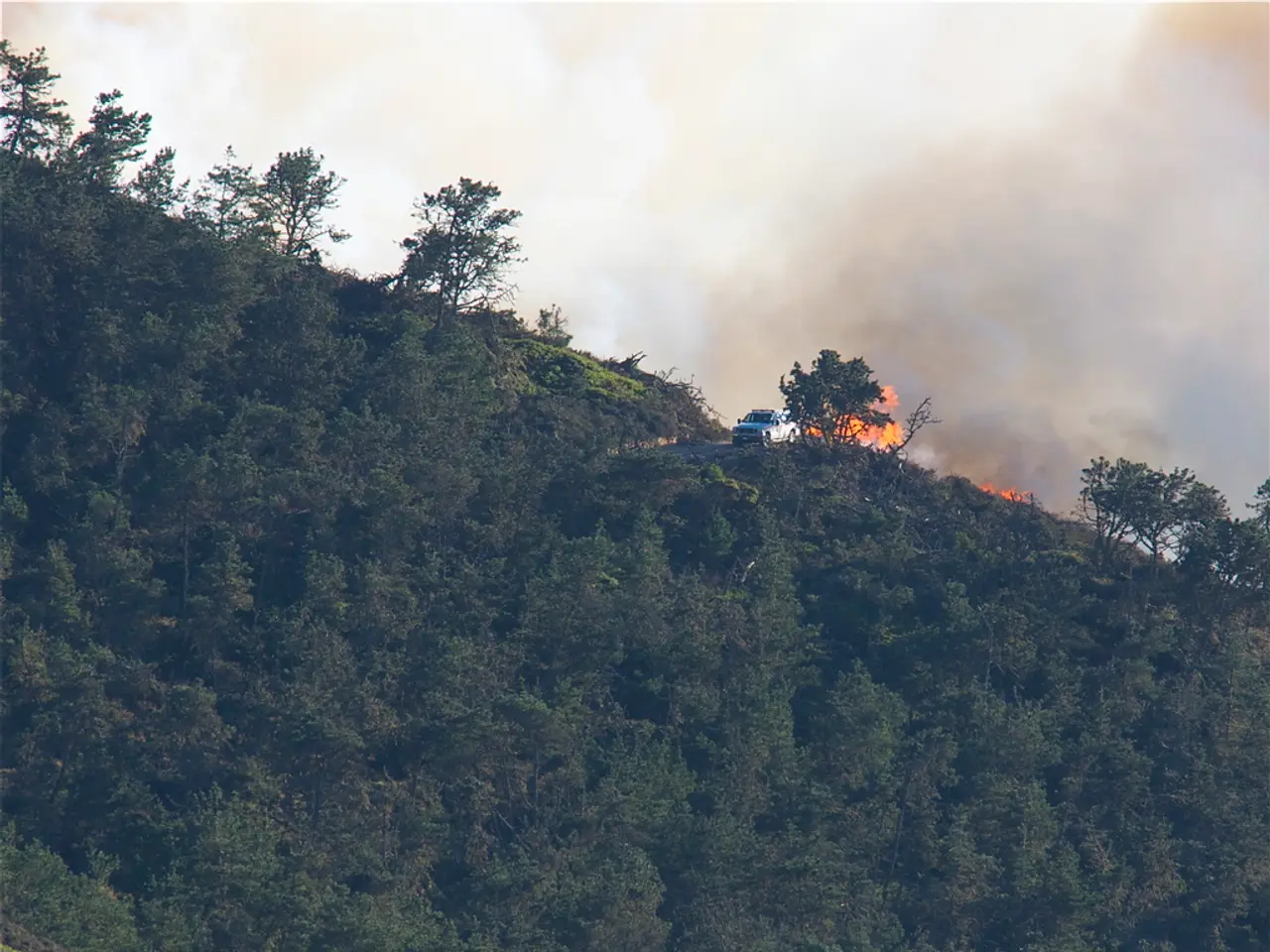U.S. troops continue to face threats from Iranian proxies, despite recent setbacks, as stated by the Centcom nominee.
In a series of recent developments, Iran's military capabilities and nuclear program have experienced significant setbacks. This comes after the U.S. carried out stealth bomber and precision strikes on Iran’s three main nuclear facilities on June 21, 2025.
According to the Pentagon’s spokesperson, Sean Parnell, the attacks have set back Iran’s nuclear program by up to two years. This assessment updates earlier intelligence that had suggested only a delay of a few months. The details of the new intelligence, however, have not been elaborated.
The degradation of Iran's military capabilities is evident in several areas. The country's military command and control have been severely degraded, with key commanders of the Islamic Revolutionary Guard Corps (IRGC), Quds Force, and IRGC Aerospace Force eliminated in Israeli operations. This degradation limits Iran's ability to mount effective large-scale military responses.
Iran's ballistic missile inventory is also rapidly shrinking due to continuous Iranian missile launches at Israel and Israeli airstrikes targeting Iranian missile launchers.
Moreover, proxy groups aligned with Iran, traditionally a core part of Iran’s regional power projection, are showing signs of weakening. Hezbollah in Lebanon has diminished both militarily and politically, refraining from direct engagement in recent conflicts such as the Gaza war and facing internal and external pressures. The broader network of Iranian proxies across the Middle East is described as having “cracks,” exposing Iran to more direct confrontations, particularly with Israel.
These developments indicate significant strains in Iran’s regional activities, with proxies and allied groups remaining active but under pressure. For instance, the Tower 22 incident in Jordan, while details are limited, shows that Iran’s regional activities have prompted escalations and heightened tensions across neighboring states.
The nominee for the U.S. Central Command, Vice Adm. Brad Cooper, plans to deter conflict by deterring Iran and its proxies. He emphasizes the need for greater investment in sensors and munitions to address the issue of hidden Iranian assets. He also pledges to call out China’s efforts to bolster Iran’s economy through oil purchases and military aid to the Houthis.
Cooper expresses concern over the growing cooperation between Iran, Russia, China, and North Korea, which he deems a "troubling" new axis. He will command U.S. troops in the Middle East at a volatile moment in years.
Air Force Lt. Gen. Alexus G. Grynkewich, the Joint Staff's operations director, warns about the potential for Iran supplying drones to Russia for use in Ukraine. He also discusses the possibility of a war on multiple continents against countries with complementary military capabilities.
In summary, U.S. defense officials currently view Iran’s nuclear program as significantly degraded due to the recent airstrikes, its military leadership and missile capabilities as weakened, and its proxy network as strained and less effective across the Middle East following recent conflicts and escalations.
- The U.S. Air Force, in coordination with successive strikes, has hampered Iran's nuclear program, potentially setting it back by two years.
- The Iranian military has faced significant setbacks, with key commanders of the Islamic Revolutionary Guard Corps (IRGC), Quds Force, and IRGC Aerospace Force being eliminated.
- The Iranian ballistic missile inventory is dwindling due to continuous missile launches at Israel and airstrikes targeting Iranian missile launchers.
- Hezbollah in Lebanon, once a core part of Iran’s regional power projection, is now facing internal and external pressures, diminishing both militarily and politically.
- The tower incident in Jordan is indicative of Iran's regional activities causing escalations and heightened tensions across neighboring states.
- U.S. defense officials perceive Iran's nuclear program as degraded, its military leadership and missile capabilities as weakened, and its proxy network as strained and less effective, following recent conflicts and escalations across the Middle East.







